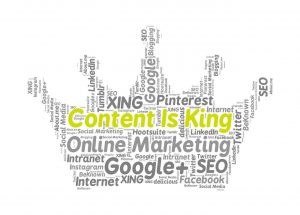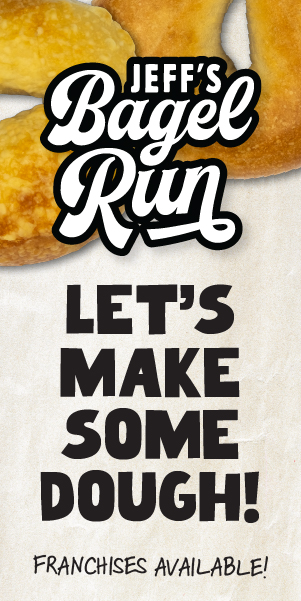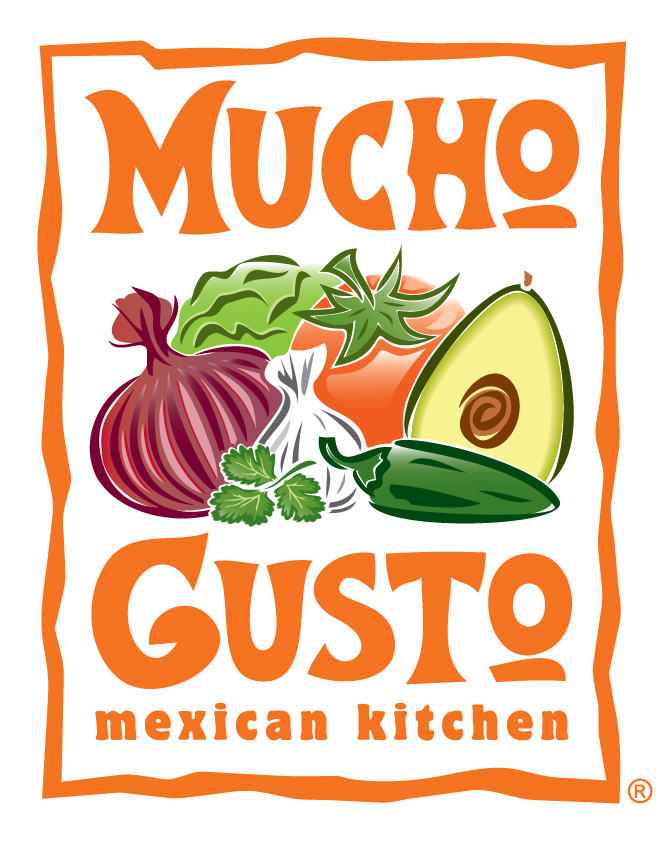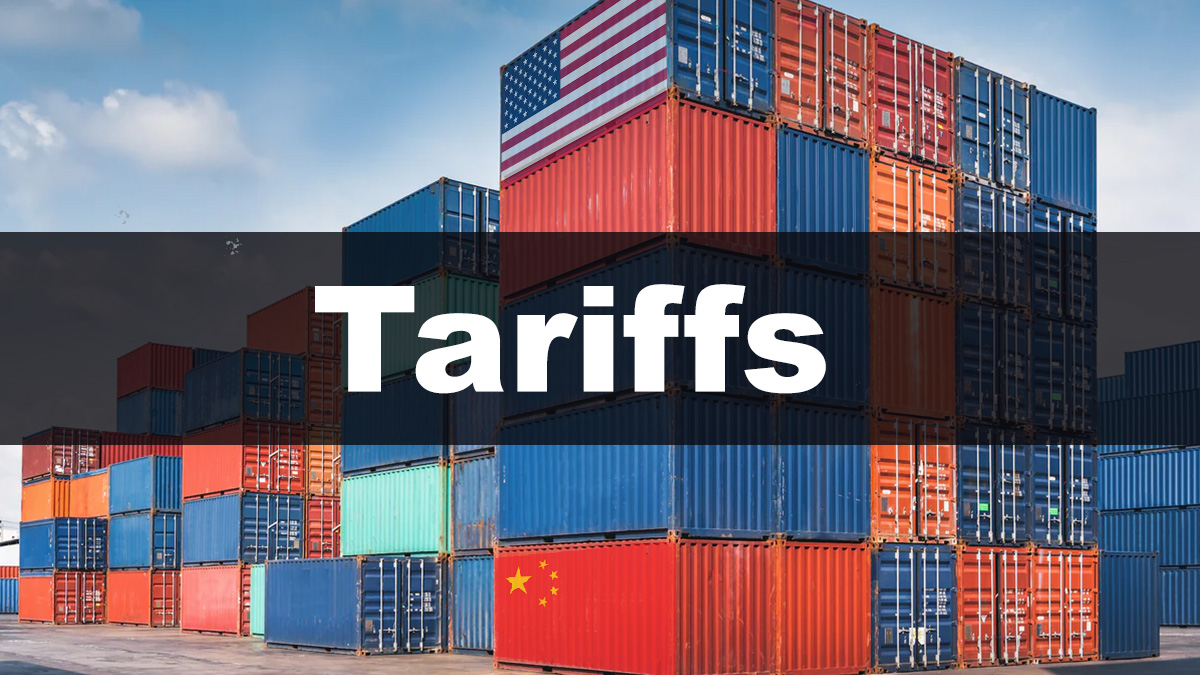Article by: Ankit Rauniyar.
I was born in 1987. A few important things have happened since then:
- The internet showed up and rewired how we work.
- Smartphones made it impossible to put that internet down.
- Social media swallowed culture.
- And then AI covered the planet.
Each shift has felt big, but AI is the only one that makes me feel i’m not using it enough. Steam power took eighty years to go from patent to practical use. ChatGPT reached 100 million users in two months.
So what does all of this mean for franchise marketing right now? The landscape is shifting faster than ever, and here’s what’s happening.
SEO in 2025: Why It’s Bigger, Not Dead
Google still commands the lion’s share of search ~90% globally and ~86% in the U.S. but traffic is fragmenting across YouTube, Amazon, TikTok, Instagram, Reddit. Winning means being visible across all of those surfaces, not just one SERP.
Did I mention Reddit? Reddit gets over 1.2 billion visits every month and is an important AI ranking factor, yet most marketers ignore it.
August was big.
- Google tested AI-organized search pages.
- Instagram rolled out powerful follower insights.
- TikTok launched a post-click performance tool.
- And Reddit started looking more like a search engine than a forum.
While platforms evolve and search algorithms change, the fundamental human need to solve problems and find solutions will always remain constant. The job isn’t just to be found, it’s to be trustworthy and authentic. In franchising, people buy trust before they buy burgers, gyms, or cleaning services. And that difference changes everything about how marketing works.
Content marketing is still the king.
AI won’t replace content marketing, but it will replace the way we approach it. And your team must be adapted to do more with less… without burning out or lowering quality. A new study of 600,000 webpages found that there is no SEO penalty for AI-generated content (as long as it meets quality benchmarks). In fact, 86% of top-ranking pages included some AI-generated content. So, don’t worry if you see too many em-dashes around.
Here’s the kicker: AI isn’t an experiment in some innovation lab anymore. Roughly two-thirds of marketers already use generative AI for copy, images, and analysis, and adoption is still climbing. The constraint now isn’t the model; it’s your data quality and workflow. Use AI to draft; use humans to add experience, examples, and local truth.
You already know SEO.
If your website ranks #1 in Google’s traditional results (blue links), you have a 25% chance of being used as a source in AI Overviews. (Ziptie)
GEO is the neighbor that just moved in—and it’s not going anywhere. The goal isn’t to rank a page; it’s to become the answer that AI systems reach for first. When Google’s AI Overviews, ChatGPT, Perplexity, or Gemini pull together responses, your brand should be the line they quote. If SEO shaped how the web looked, Generative-engine optimization shapes how AI talks back.
That means creating content designed to be lifted and cited. Short, crisp explanations. Schema that makes your site easy to parse. Clean structure that signals authority. Data, examples, and sources that give your words weight. In other words: publish things people actually want to cite. Do that, and you won’t just show up in search; you’ll show up everywhere answers are being generated.
For franchises, GEO could mean your local brand gets quoted as the trusted source on ‘best tutoring center near me’ or ‘how to franchise a cleaning business.’
Is your phone secretly listening?
You were talking about a product with a friend, and suddenly an ad shows up in your feed. No, your phone isn’t secretly listening. What’s happening is probabilistic targeting: shared Wi-Fi, household data, browsing history, timing models. The result is a prediction, so sharp it feels like eavesdropping. For example, if you searched mortgage rates one week and a new couch the next, the system assumes you might be moving and starts showing you moving companies, storage facilities, and even local tutoring franchises near their new ZIP code.
Personalization has finally grown up.
Think about how Spotify knows what you want to hear before you hit play, or how Netflix suggests exactly what you didn’t realize you needed on a Sunday night. That same math now runs marketing: subject lines, product offers, landing pages, even ad creative. It’s not mind-reading, it’s pattern recognition, scaled to millions of people at once. The bottleneck is you: your data, your workflow, your ability to integrate the tools into actual business processes.
AI can transform how you approach customer journey mapping by analyzing large amounts of behavioral data and highlighting the exact points where customers drop off or convert. With these insights, you can create a clearer picture of each stage of the customer lifecycle and identify opportunities to improve touchpoints. The result is a more seamless, personalized journey that reflects real-world behaviors rather than assumptions.
For franchises, the implications are enormous.
A burger franchise notices that a customer orders kids’ meals every Friday night. Instead of blasting them with generic coupons, AI personalizes the next email with a family-bundle promotion—timed for Thursday evening when parents are planning the weekend.
A local gym franchise tracks new sign-ups who attend only on weekday mornings. The system automatically personalizes their follow-up offers with “express 30-minute classes” and early-morning bootcamps, instead of wasting space promoting evening yoga.
A cleaning franchise collects inquiries through a standard “Contact Us” form. By tracking behaviors like repeat visits, time on the “cost of ownership” page, or clicks on FAQs, AI can spot high-intent prospects. Those leads then get a personalized follow-up, routed to the right regional rep, and invited to a discovery call.
The brands that prepare their data, their content, and their workflows for an AI-shaped discovery landscape will grow. The ones that don’t will be left wondering where their traffic went. Every promo that fails to match ops is a customer lost.
According to Aaron Whittaker, VP of Demand Generation & Marketing, Thrive Internet Marketing Agency
“Personalization became a growth driver when we moved beyond demographic targeting to behavioral stage customization, particularly for clients with complex sales cycles where generic messaging fails to address specific decision-making phases. The transformation occurred when we implemented dynamic content that adapts based on prospect engagement history rather than just basic customer information like location or industry type. For a multi-location service franchise client, we created personalized email sequences that delivered different content based on how prospects initially discovered the business – whether through local search, referrals, or competitive research. Prospects who found them through “”competitor comparison”” searches received content focusing on service differentiation and value propositions, while those arriving through problem-focused searches got educational content about solutions and implementation approaches. This behavioral personalization increased qualified lead conversion by 89% because messaging aligned with actual customer mindset and information needs rather than assumed demographic preferences. The franchise saw dramatic improvement in consultation request quality and closing rates because prospects received relevant information that addressed their specific concerns and decision-making stage. The approach proved that effective personalization requires understanding customer intent and journey progression rather than just surface-level demographic data that doesn’t predict actual buying behavior or information preferences.”
Chatbots: because customer questions don’t wait for business hours.
Chatbots are one of the clearest ways AI is reshaping marketing. They work 24/7, handling FAQs, scheduling appointments, and even suggesting products, which cuts support costs while keeping customers engaged. For franchises, that always-on presence can mean turning late-night curiosity into a booked consultation instead of a lost lead.
Imagine a tutoring franchise: the chatbot quickly answers routine questions like class schedules, fees, or directions to the center. But when a parent wants to talk about their child’s specific learning challenges, the conversation is seamlessly handed to a local manager. The bot doesn’t replace the human—it makes sure the human has more time to listen, connect, and respond.
AI avatars are quickly entering the marketing mix.
They offer speed and consistency—brands can produce videos, training clips, or local promos in multiple languages without hiring talent or booking studios.
For franchises, that means scalable onboarding content or territory-specific campaigns. But there’s a trade-off: overuse risks feeling generic, and avatars can’t replace the trust and empathy that come from real human interaction.
The smart play is balance—let avatars and chatbots handle repeatable content while people handle relationships.
Finally, Someone in the Meeting Who Pays Attention
Meeting I’m on these days already has an AI note-taker running in the background. It quietly records, transcribes, and summarizes the whole conversation, pulling out key decisions, action items, and follow-ups. For sales, that means no more missing a detail from a prospect call—follow-up emails practically write themselves. For marketing, those transcripts become a goldmine of real customer language, objections, and insights we can turn into campaigns. It feels less like tech for tech’s sake and more like having an extra teammate who never forgets a word.
Can ChatGPT 5 be my virtual marketing assistant?
Imagine having a marketing assistant who never gets tired, can switch from drafting ad copy to cleaning up your CRM in seconds, and already understands the rhythms of your business. That’s what ChatGPT-5 can be. It can spin out blog posts, newsletters, and social updates in your brand voice, design campaign workflows that nurture leads automatically, and surface insights from market research or customer data without you digging through endless reports. It doesn’t just make content—it helps personalize it, making each touchpoint feel relevant and timely, whether you’re reaching out to franchise prospects or customers in local markets. By handling repetitive work like email sequences, FAQs, and SEO optimization, it frees you to focus on the bigger moves: building relationships, shaping strategy, and closing deals.
Competitive intelligence:
AI brings a new level of speed and clarity to competitive intelligence. Instead of spending hours manually tracking competitor campaigns, product launches, or customer reviews, AI systems can scan thousands of data points in real time—from pricing updates to ad copy trends—and distill them into actionable insights. You’re not just collecting raw data; you’re getting a summarized picture of how your competitors are positioning themselves and where the gaps lie.
For franchises, this can be especially valuable. Imagine being able to instantly compare your local campaign engagement against rival brands in the same market or spotting when a competitor starts gaining traction in a neighboring ZIP code. AI doesn’t just help you keep pace—it helps you anticipate moves, adapt faster, and shape smarter growth strategies.
How AI Is Rewriting Franchise Marketing?
According to HubSpot’s State of AI Report, “82% of marketers say either they or their company invested in automation tools for employees to leverage in their roles.”
The marketing space isn’t just shifting—it’s being rebuilt in real time. The question is, will your franchise adapt fast enough to not just show up, but stand out? The more you adapt it to your use case, the faster you’ll see it shift from “helpful tool” to an indispensable part of your marketing team.
It’s less about replacing people and more about multiplying what your team can accomplish. Franchise Magazine USA tracks the future of franchise marketing. Subscribe to our newsletter for news, weekly insights, and franchise opportunities.
















